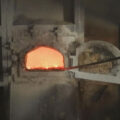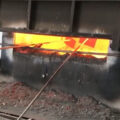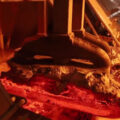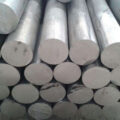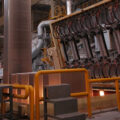The refining of cast aluminum alloys uses chemical compounds to be added to molten aluminum to degas and remove slag.
Refining is an important process step that cannot be missed in the aluminum alloy casting process. It can play the role of degassing, purifying and refining the aluminum alloy. It can also improve the plasticity and toughness of the cast aluminum alloy and prepare for the precipitation hardening treatment.
Cast aluminum alloy has relatively active chemical properties. When casting and smelting, it is easy to react with water vapor to oxidize and absorb hydrogen, so that defects such as inclusions and pinholes are formed when aluminum liquid solidifies into aluminum castings.
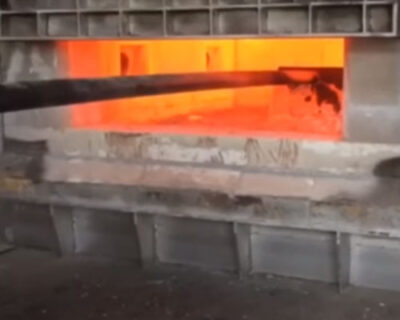
The refining treatment process of cast aluminum alloy can fully dissolve various phases in the alloy, strengthen the refined body, and improve the toughness and corrosion resistance, eliminate stress and soften, so as to continue processing or forming.
In addition to the inhalation of the cast aluminum alloy during smelting, it will also produce inhalation when pouring into the mold. The liquid metal entering the mold decreases with the temperature, the solubility of the gas decreases, and excess gas is precipitated, some of which cannot escape The gas remains in the aluminum casting to form pores, which are commonly called “pinholes”.
The gas in the cast aluminum alloy is sometimes combined with the shrinkage cavity, and the gas precipitated in the aluminum liquid remains in the shrinkage cavity. If the pressure generated by the heating of the bubbles is large, the surface of the pores is smooth and there is a bright layer around the holes; if the pressure generated by the bubbles is small, the inner surface of the pores is wrinkled, which looks like “fly feet”, and there are shrinkage holes on closer inspection.
The higher the hydrogen content in the aluminum alloy liquid, the more pinholes produced in the cast aluminum alloy.
The pinholes in the cast aluminum alloy not only reduce the air tightness and corrosion resistance of the casting, but also reduce the mechanical properties of the alloy. To obtain cast aluminum parts with no or less pores, the key lies in the melting conditions. If a covering agent is added for protection during smelting, the amount of gas inhalation of the alloy is greatly reduced. Therefore, the process of refining the molten aluminum during the casting of aluminum alloy can effectively control the hydrogen content in the molten aluminum.
When aluminum alloy casting, no matter which refining method is used, the purpose is to better degas, purify and refine the aluminum alloy, so as to obtain high-quality and qualified aluminum castings.

